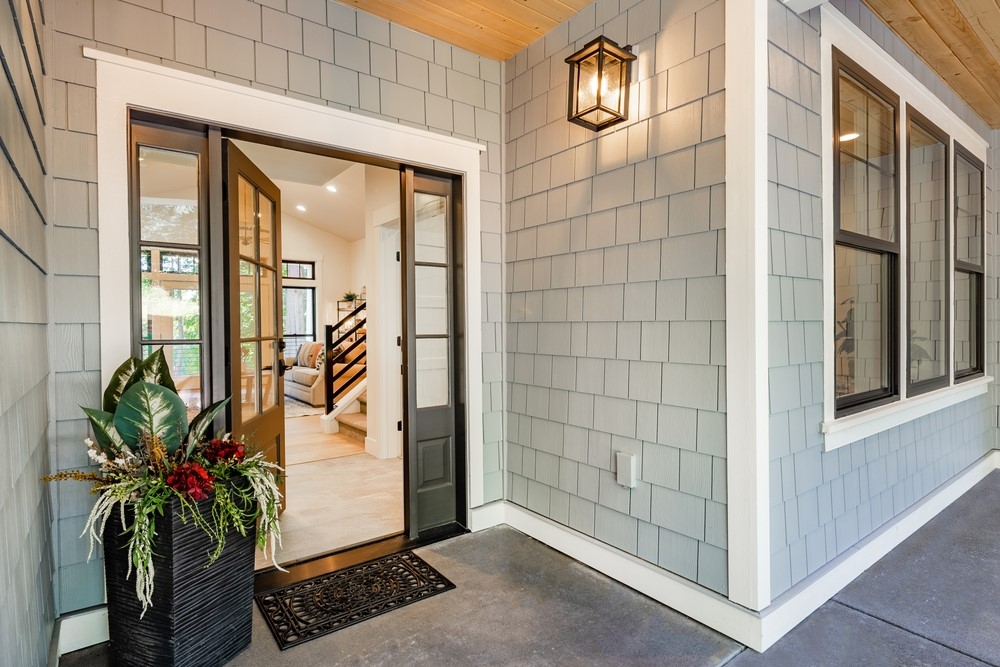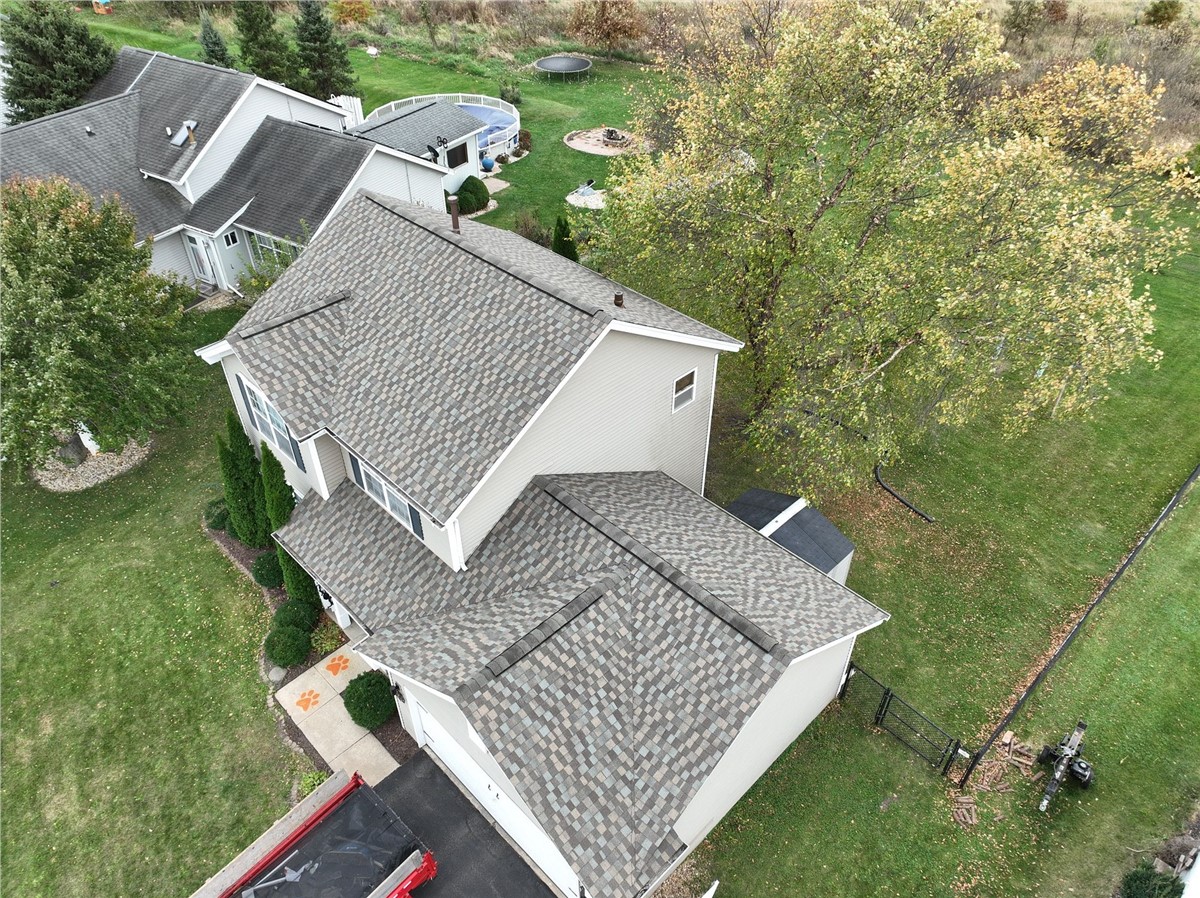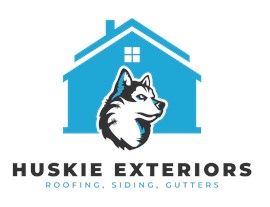
New siding is a great way to instantly transform the appearance of your home while adding years of weather protection and value. However, if you’re like many homeowners, you could be overwhelmed by all the siding options available. Here, you can learn the basics about the core siding styles, so you can start deciding which is right for your exterior remodel.
Horizontal or Lap Siding
Horizontal siding, also referred to as lap siding or clapboard siding, is characterized by long, horizontal boards. These boards overlap slightly, providing a traditional aesthetic that complements many home styles. There are numerous types of horizontal siding, including:
- Traditional Lap: This siding has a smooth, uniform appearance. These might come in a wood grain finish or as a solid color.
- Dutch Lap: A concave face with a notch at the top provides a deep, textured appearance for an interesting twist to the traditional lap siding.
- Beaded Seam: Each board features a beaded edge at the bottom, providing a noticeable visual appeal that’s characteristic of vintage homes.
- Log Lap Siding: The wood grain finish and rounded profiles mimic the look of an authentic log cabin, but with better insulation and easier maintenance.
Vertical or Panel Siding
Vertical siding runs up and down and is a popular choice for modern home architecture. Some homes use this siding throughout the entire exterior, or it is used along with lap siding as an accent to draw the eye to certain features. Numerous types of vertical siding are available, such as:
- Board and Batten Siding: Wide, vertically installed boards feature narrow battens that cover the seams. The spaces between the boards can vary in width, creating a farmhouse aesthetic.
- Shiplap Siding: Horizontal or vertical boards that overlap using a rabbet joint provide a mixture of classic and contemporary style. Use as an accent or as the main siding style.
- Tongue and Groove Siding: This is a vertical or horizontal siding option involving boards with a tongue on one edge and a groove on the other. This creates a snug fit for a sleek, uniform appearance.
Shingle and Shake Siding
Shingle and shake siding are not precisely the same thing; however, they provide similar stylistic features. The key difference is that shake siding is made from split wood blocks to create a rugged appearance, while shingles are sawn to provide a cleaner edge. Here are a few options when considering shingle or shake siding for your home:
- Split Shake Siding: Individual shakes are split from a wood block, creating a rough and uneven appearance. This creates depth and provides a rustic, cabin-esque style.
- Staggered Shake or Shingle: Shingles are cut at varying lengths and installed to create a staggered edge. This siding is common on coastal homes and cottages.
- Straight Edge Shingle: These shingles are installed uniformly, creating a smooth and even appearance that complements both traditional and contemporary architectures.
- Scalloped Shingle: Also known as fish scale shingles, these shingles have rounded edges that are typical of Victorian-style homes. This siding is often used along with other siding styles to accentuate architectural features.
Are you planning a siding replacement in Southern Wisconsin or Northern Illinois? Find out more about your siding options and get a free quote by contacting local siding installers you can trust. Call Huskie Exteriors today!
Subscribe to Huskie Exteriors's Blog










Comments